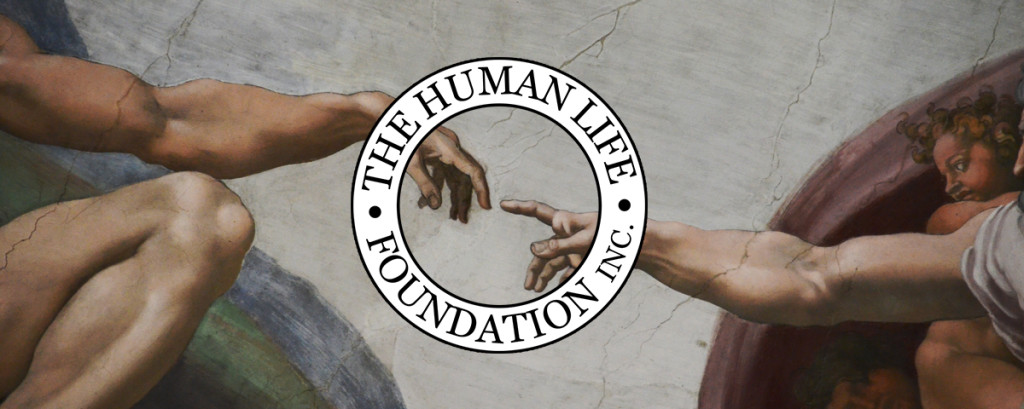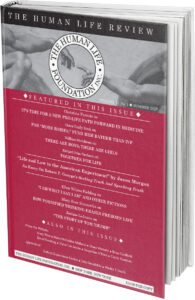A Rule of Life
Obsculta O fili – Listen, O son.
These first words of the Rule of St. Benedict mark the opening of a new world in the West. An abbot (father figure) firmly yet tenderly calling for the attention of his spiritual son stands as a defining point for what would become Christendom. Since today, July 11, the Catholic Church celebrates the feast of St. Benedict of Nursia, it is well to consider the world-changing and life-affirming effects of his Rule.
So much of what we know as Western civilization stems from Benedict’s wise and simple instructions, composed in the early sixth century, which offer much more than an outline for a peaceful and pious life. Implicit in his words is a vision of a new relationship among men that was nothing less than revolutionary. In the Rule, a father gives instruction to his children for their own good, and for the good of the family, in this case the monastic community. He places his position and authority at the service of others. This idea of relationship reflected a change of historical importance. As the baptized barbarians began to build on the ruins of the Roman Empire—and organize themselves into social, cultural, military, and religious circles—there was a shift in perspective, a Christian shift, which can be summed up as a move from the paterfamilias to the pater noster.
The father was the head of the Christian household, as he was in the Roman, but no longer had life-or-death authority over its members. There was a divine authority to answer to and a new foundation for the family, based not on pagan utility but on Christian charity. Life in itself was good because it came from a good God, who was the model for all fathers—Abba, in the words of Jesus. Family relationships were to be based not on power, economy or utility, but on love. This was the new commandment of Jesus, that each should love his neighbor as himself. Small wonder that the Romans accused Christians of softening the sinew of the empire, giving in to sentiment when they refused to expose their sickly newborns and when they insisted that a man could have only one woman, his wife.
Born in 480, Benedict was of the first generation following the death of the last Roman emperor. His was a world of destruction and disorder, but also of great opportunity. As the empire fell something new was rising. Christianity had been ascendant since the conversion of Constantine, some 170 years earlier, yet it spread with an inevitable mix of politics and public piety. Now with the end of emperor rule, the Church, with her bishops and priests, stood as the only established, centralized authority in all of what was emerging Europe. Dark Ages they were in many ways, as the once magnificent Urbs (City of Rome) was repeatedly invaded, Roman culture and Greek learning were neglected, and the empire was broken into tribal kingdoms and fiefdoms.
Yet lamps of learning were maintained in monasteries, newly forming points of light that served as a refuge from a crumbling culture. These were self-sufficient centers of prayer and communal living, where the Bible and other ancient manuscripts were preserved and copied, and where the teachings of Christ were made the rule of life, free of imperial patronage. Benedict did not invent the monastery; he began religious life as a young hermit, following the example of the Eastern Desert Fathers, seeking solitude away from the temptations of life. But in time his sanctity and wisdom became known to those who visited him for prayer and guidance, and he was asked to become abbot of a monastic community. He saw that communal life was difficult and disagreeable, even under the rule of the Gospel, and spent the rest of his days seeking to perfect a way of life that would be both pious and practical, harmonizing the demands of charity with the weakness of human nature. The result was his Rule, an inspired, ingenious set of regulations and observations, which presents a balanced life for each monk—and for the community as a whole—based on ora et labora, prayer and work.
Benedict founded a dozen monasteries, including the magnificent Monte Cassino, a mountain fortress within view of Rome, which still stands, rebuilt after each raid by hostile tribes, and, most recently, after the 1944 Allied bombing. Just as Monte Cassino is recognized as an emblem of Western civilization, so St. Benedict’s Rule remains the most popular and widely applied monastic way of life, not only for Benedictine communities but also for numerous other religious houses.
As well, the abbot in the Rule has been a model for fathers and family life outside the monastery walls. Benedict’s father is an authority figure who wields power not in his own name nor for his own gain. Fathers today would do well to take the instructions to heart: “Let the Abbot (father) always bear in mind that he must give an account in the dread judgment of God of both his own teaching and of the obedience of his disciples. . . . He should show them all that is good and holy by his deeds more than by his words.”
St. Benedict, pray for fathers and families today.









